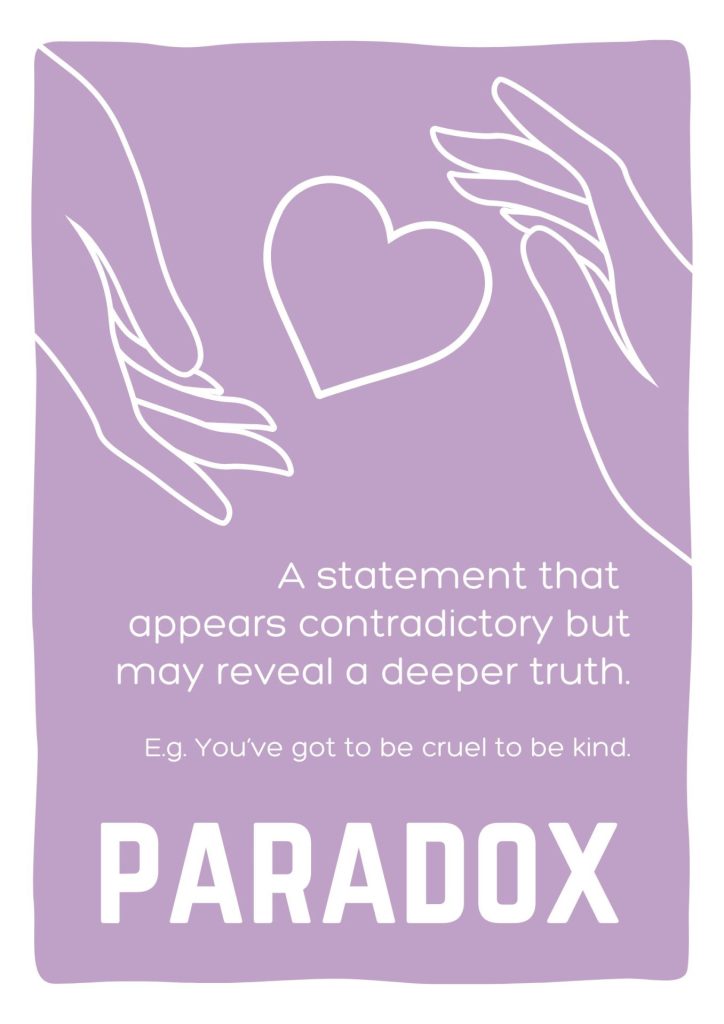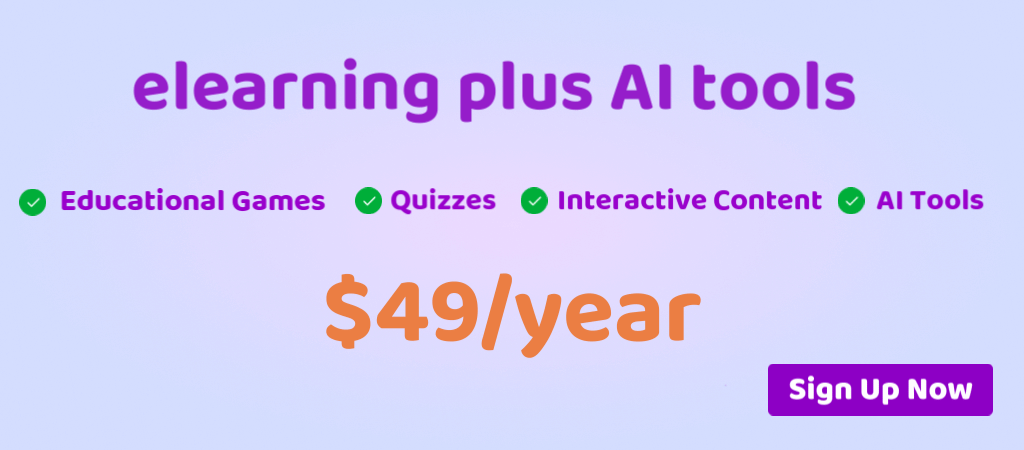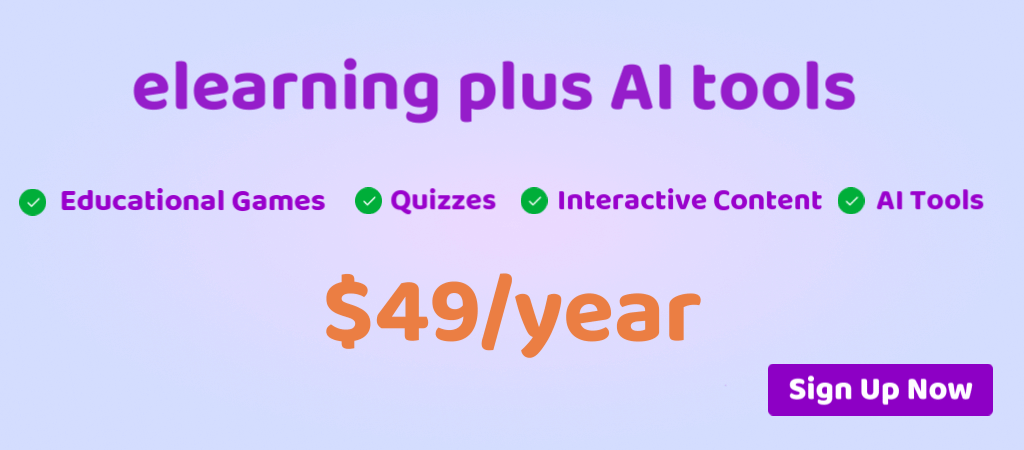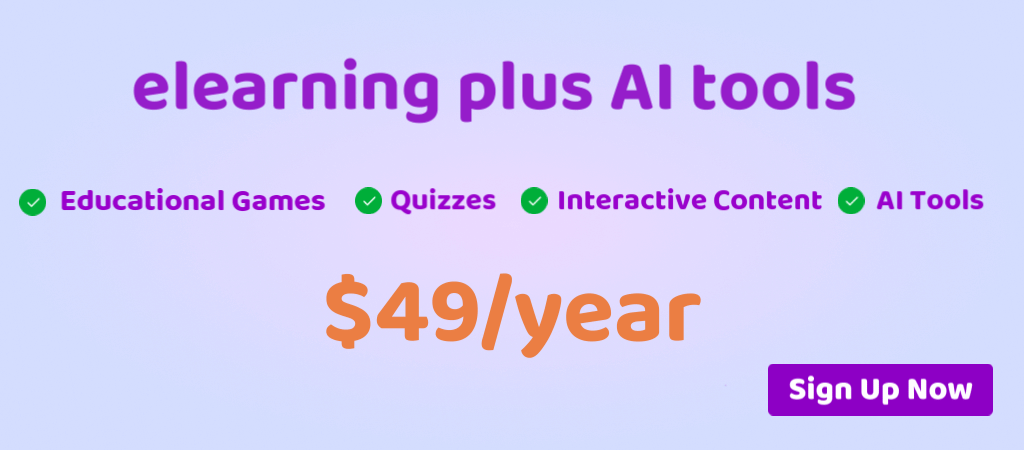Understanding the Paradox: Exploring Contradictory Concepts
Table of Contents
Introduction
Paradox
In the realm of intellectual inquiry, the concept of paradox often emerges, presenting seemingly contradictory ideas that challenge our understanding of reality. Let’s embark on a journey to unravel the enigmatic nature of paradoxes and explore their profound impact on human thought and reasoning.
Analogy of Definition
What is a Paradox?
A paradox is a figure of speech. It is a statement or situation that appears to be self-contradictory or logically absurd, yet upon closer examination, may reveal underlying truths or complexities that defy conventional reasoning.

Method
Paradox in Writing
To comprehend paradoxes, one must engage in critical analysis, question assumptions, and explore alternative perspectives to unravel the underlying truths concealed within seemingly contradictory concepts.
Let’s have a look at how paradox has been used in literature and enterntainment.
Literature
Paradox: “War is peace. Freedom is slavery. Ignorance is strength.”
Explanation: These contradictory statements reflect the oppressive regime’s manipulation of truth and reality. By redefining concepts in contradictory terms, the government maintains control over the populace.
William Shakespeare’s “Hamlet“:
Paradox: “I must be cruel, only to be kind.”
Explanation: Hamlet speaks these words as he justifies his harsh actions towards his mother, believing that hurting her will ultimately lead to a greater good. This paradox highlights the complexity of human emotions and actions.
Movies
“Inception” (2010):
Paradox: The Penrose Stairs
Explanation: In Christopher Nolan’s film, the concept of the Penrose Stairs, an impossible object that loops back on itself, symbolizes the recursive nature of dreams within dreams. The paradox serves to disorient both the characters and the audience, questioning the nature of reality.
“The Matrix” (1999):
Paradox: The concept of choice and predestination
Explanation: Neo is told he is “The One,” a savior predestined to save humanity. However, his journey involves making choices, suggesting a paradox between free will and fate. This tension drives the narrative and philosophical undertones of the film.
Series
“Westworld”:
Paradox: The nature of consciousness
Explanation: The hosts in Westworld grapple with the paradox of their existence, questioning whether their programmed actions can lead to genuine consciousness. This paradox explores themes of artificial intelligence, free will, and identity.
“Dark”:
Paradox: The bootstrap paradox
Explanation: In this German sci-fi series, characters travel through time, creating situations where events loop back on themselves. The bootstrap paradox, where an object or information exists without ever being created, is central to the show’s complex narrative structure.
How to Use Paradox?
Character Development:
Use paradox to reveal the multifaceted nature of your characters. For example, a character might be both a hero and a villain, challenging readers to rethink the binary notion of good and evil.
Thematic Exploration:
Employ paradoxes to delve into complex themes. For instance, exploring the paradox of freedom in confinement can lead to rich discussions about societal structures and personal autonomy.
Provoking Thought:
Paradoxes inherently invite readers to question their assumptions and engage more deeply with the text. This can be particularly effective in philosophical or speculative fiction.
Creating Tension:
Use paradox to build narrative tension. Situations where characters face seemingly impossible choices or contradictory truths can keep readers invested in the storyline.
Plot Twists:
Paradoxes can be the basis for surprising plot twists. A character who appears to be dead but is simultaneously alive in another timeline introduces a paradox that can redefine the story’s direction.
Circular Narratives:
Implementing paradoxes such as the time loop can create circular narratives that challenge linear storytelling and add layers of intrigue.
Paradoxes are powerful literary and narrative devices that can enrich storytelling by adding depth, complexity, and engagement. Whether in the form of a character’s internal conflict, a thematic exploration, or a plot device, paradoxes challenge conventional thinking and invite audiences to explore deeper truths. In literature, movies, and series, paradoxes have been used effectively to provoke thought, create tension, and enhance the narrative structure, making them invaluable tools for writers and creators.
Examples
Example of a Paradox
Scenario 1: The Grandfather Paradox
The grandfather paradox presents a situation where a time traveler could potentially prevent their own existence by altering the past, leading to a logical contradiction. This paradox challenges the concept of causality and the implications of time travel.
Scenario 2: The Liar Paradox
The liar paradox arises from the statement ‘This statement is false,’ leading to a logical contradiction. This paradox challenges the nature of truth and the limits of language and logic.
Scenario 3: The Paradox of the Heap
The paradox of the heap questions the definition of a heap by presenting a scenario where the removal of a single grain of sand from a heap does not change its status as a heap, leading to a paradoxical situation.
These examples illustrate the perplexing nature of paradoxes, challenging conventional reasoning and prompting deep contemplation. The paradoxes of time travel, truth, and classification demonstrate the inherent complexities and contradictions that paradoxes embody, inspiring intellectual curiosity and critical analysis.
Quiz
Tips and Tricks
1. Embrace Contradictions
Tip: Embrace paradoxes as opportunities for intellectual growth and exploration, rather than dismissing them as mere contradictions.
2. Question Assumptions
Tip: Challenge established assumptions and beliefs when encountering paradoxes, fostering a mindset of critical inquiry and open-mindedness.
3. Seek Diverse Perspectives
Tip: Engage in discussions and seek diverse perspectives to gain a comprehensive understanding of paradoxes and their implications.
4. Explore Interdisciplinary Connections
Tip: Explore the influence of paradoxes across various fields of study, recognizing their impact on philosophy, science, and the arts.
5. Embrace Ambiguity
Tip: Embrace the ambiguity inherent in paradoxes, recognizing that they offer opportunities for deeper exploration and intellectual growth.
Real life application
Story: The Paradoxical Dilemma of Dr. Smith
Dr. Smith, a renowned physicist, encountered a perplexing paradox during his research on quantum mechanics. The paradox involved the concept of wave-particle duality, challenging the conventional understanding of the behavior of subatomic particles. Dr. Smith’s exploration of this paradox led to groundbreaking discoveries and reshaped the field of quantum physics, demonstrating the real-life impact of paradoxes on scientific inquiry and innovation.
FAQ's
Like? Share it with your friends






